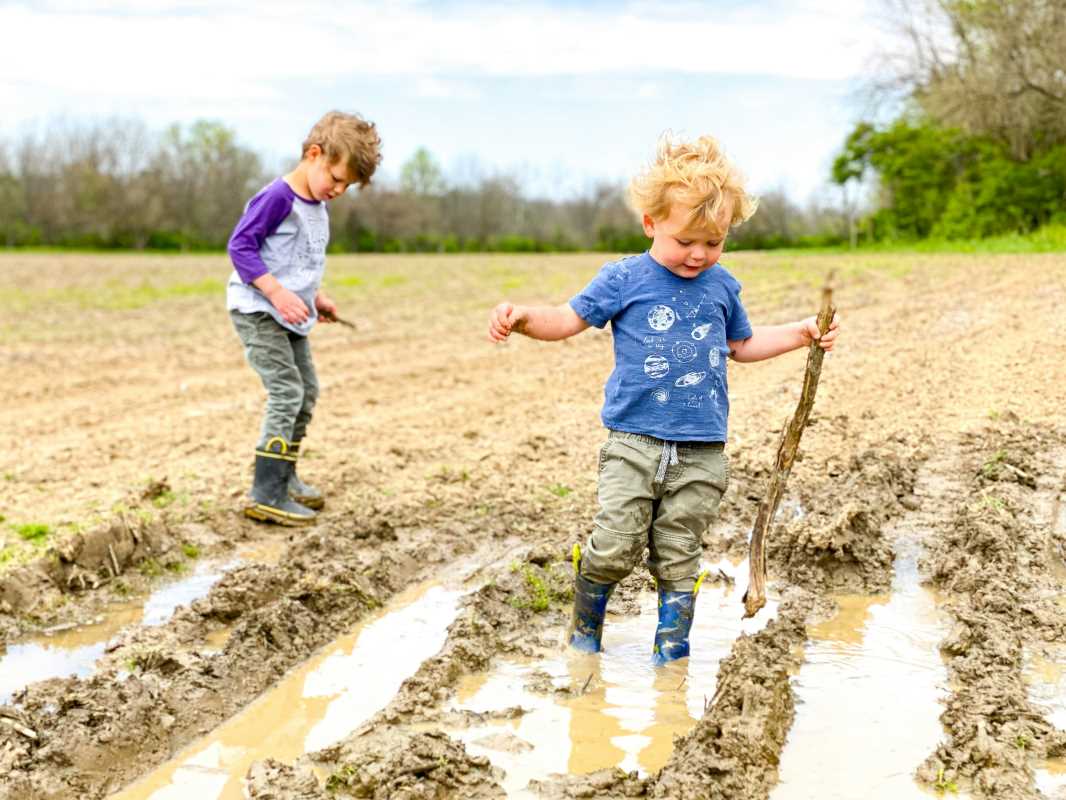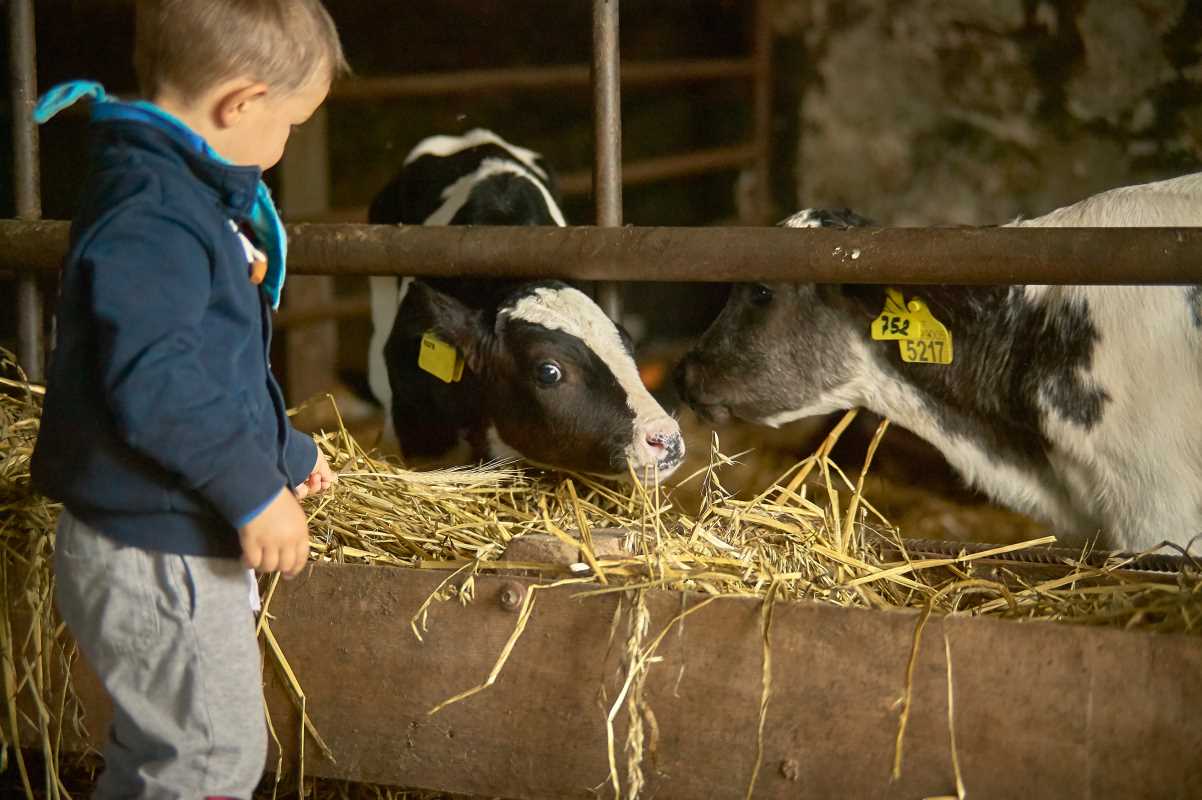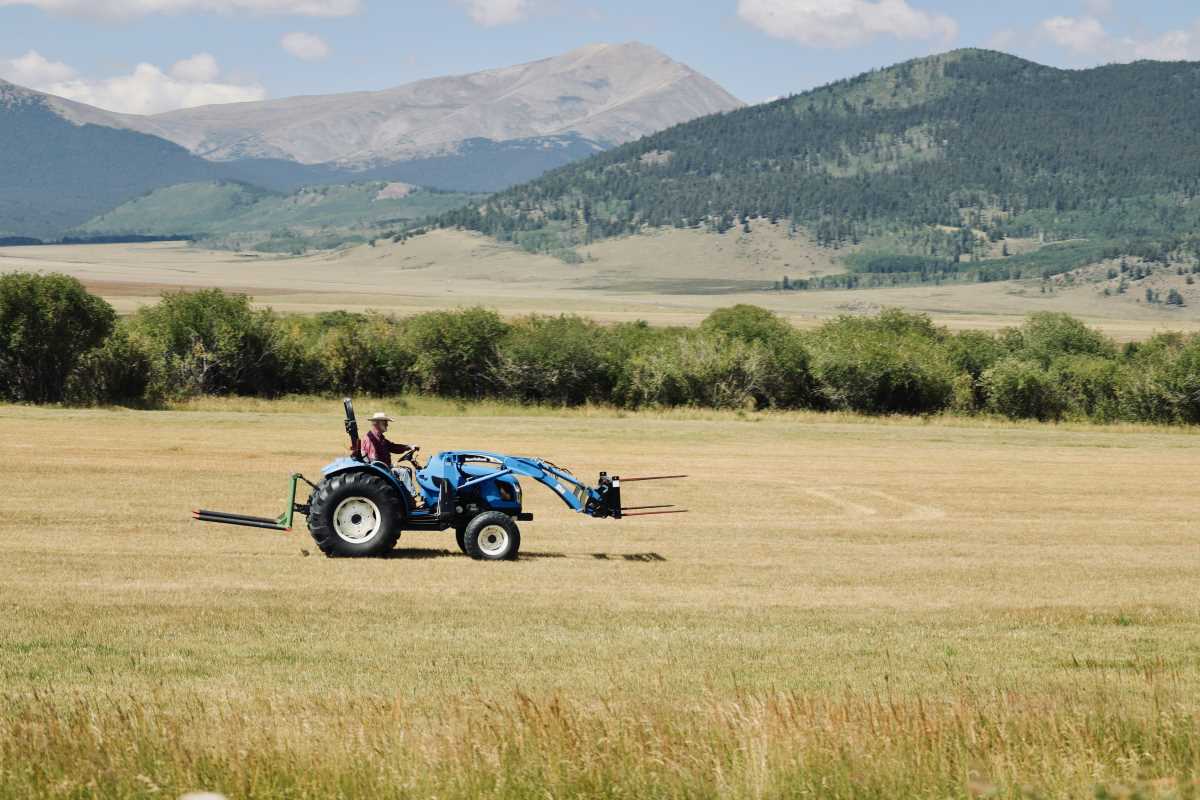Bringing children into farm settings calls for thoughtful preparation to keep them safe and help them appreciate the world of agriculture. Teaching young learners through hands-on experiences gives them a strong grasp of farm safety and helps them recognize possible dangers in these environments. By guiding children as they explore farm activities, adults can encourage responsible participation while reinforcing important safety habits. This balance of education and supervision not only reduces risks but also builds a lasting respect for the responsibilities involved in agricultural work. Early exposure to these lessons can shape positive attitudes toward safety and teamwork for years to come.
Why Prioritizing Farm Safety Training Matters
Understanding the importance of safety measures on farms helps prevent accidents that could cause injuries or worse. Children who receive proper safety education gain confidence and develop good habits early, making them less likely to take risks. Clear, engaging training can transform their experience from intimidating to empowering, leading to safer farm environments for everyone.
Effective Methods to Teach Farm Safety to Children
- Interactive Demonstrations: Show children how to use equipment correctly through hands-on practice. Use real tools and simulate scenarios to help them grasp proper procedures. Keep instructions simple, repeat key points, and supervise closely to ensure safety during demonstrations.
- Storytelling and Visual Aids: Use stories and pictures to illustrate safety rules. Create relatable characters facing farm hazards, emphasizing safe behaviors. Incorporate visual aids such as charts or posters to reinforce learning and make safety concepts memorable.
- Group Activities and Quizzes: Organize safety-related games and quizzes to encourage participation. Design activities that require children to identify hazards or choose safe options. This method makes learning enjoyable and helps reinforce safety principles through repetition.
- Role-Playing Exercises: Assign roles like farmer or visitor to act out safety scenarios. Guide children through correct responses to hazards, emphasizing the importance of alertness and proper conduct. Role-playing boosts confidence and prepares them for real-life situations.
- Consistent Reinforcement: Regularly review safety rules during farm visits or activities. Use reminders and praise to reinforce positive behaviors. Establish routines that incorporate safety checks to develop lifelong habits.
Tools and Resources for Effective Training
- Safety Equipment: Provide child-sized helmets, gloves, and boots for hands-on practice. Ensure equipment is age-appropriate, well-maintained, and used consistently to instill good habits and protect learners during training sessions.
- Educational Materials: Use illustrated books, posters, and videos tailored for young audiences. Select materials that clearly explain hazards and safety tips in simple language to enhance understanding.
- Farm Tours and Demonstrations: Organize supervised visits to different farm areas. Show children how to identify risks and safe practices in real settings, making lessons practical and memorable.
- Safety Signage: Install clear signs indicating hazards and safety zones. Involve children in creating or decorating signs to increase their awareness and ownership of safety measures.
- Community Support: Connect with local agricultural organizations or extension offices that offer safety training programs and resources tailored for young learners. These partnerships can provide expert guidance and ongoing support.
Steps to Launch a Farm Safety Program for Children
- Assess the Farm Environment: Walk through the property to identify potential hazards. Note areas requiring safety improvements or special attention during training sessions.
- Develop a Curriculum: Create age-appropriate lessons covering key safety topics. Incorporate activities, visuals, and demonstrations to keep children engaged and ensure concepts are understood.
- Train the Trainers: Prepare farm staff or volunteers to deliver safety lessons effectively. Provide them with resources, instructions, and practice to ensure consistency and clarity during training sessions.
- Schedule Regular Sessions: Plan consistent training times, integrating safety lessons into daily routines. Frequent reinforcement helps children remember and apply safety rules confidently.
- Engage the Community: Invite parents, neighbors, or local organizations to participate. Building a community-wide safety culture encourages shared responsibility and enhances program impact.
Farm owners and operators can protect children by making safety education a natural, ongoing part of daily life. Using practical tools and involving the community help children gain the skills they need to navigate farm environments safely.
 (Image via
(Image via





